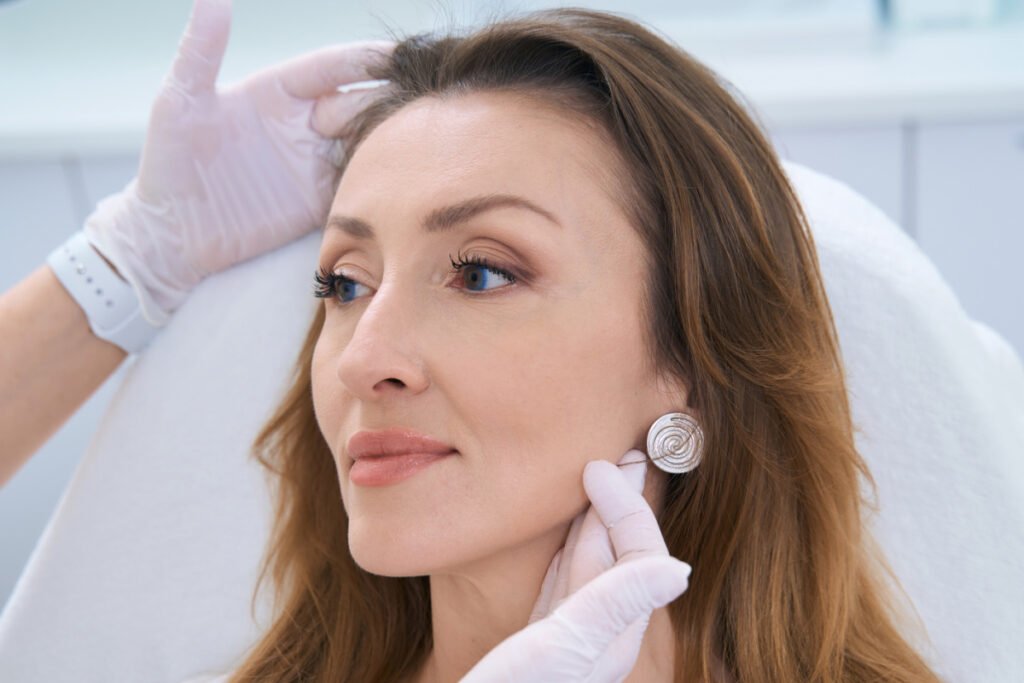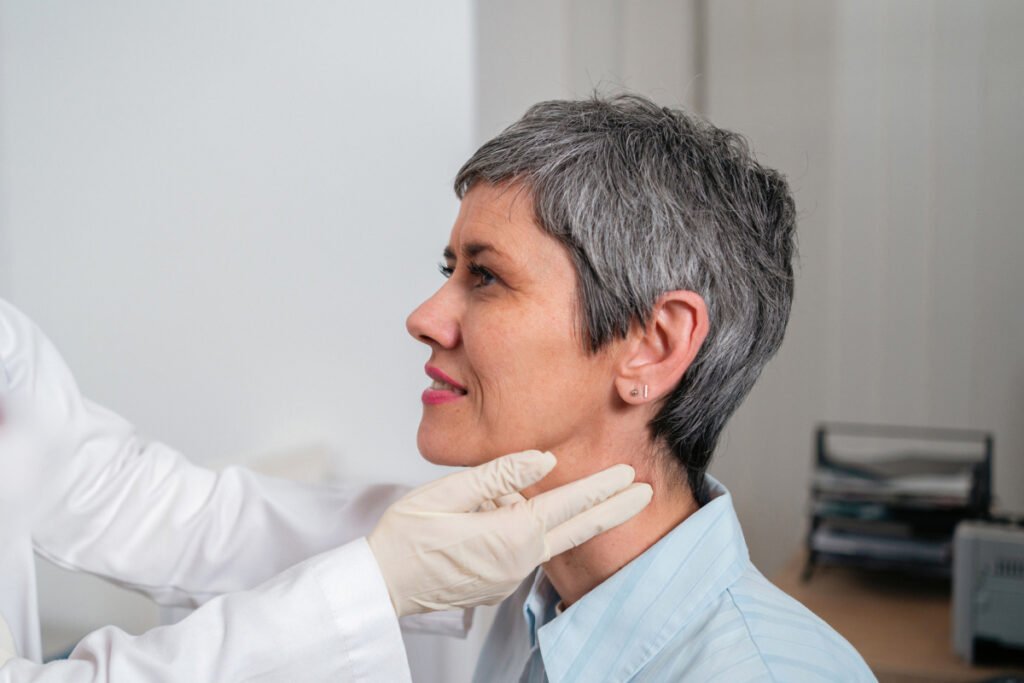Dr. Claytor Answers Top Facelift Questions

Sometimes one needs a little help to feel as vibrant on the outside as the inside. In this insightful Q&A session with Dr. Claytor, you’ll learn the ins and outs of facelifts and discover the steps to take toward a more confident you.
How do I know when I need a facelift?
Let’s face it; no one needs a facelift. The more important question is why do men and women reach a point where they are considering facial rejuvenation? It’s a conundrum. The years tick by, but in our hearts, we still feel youthful exuberance with just – perhaps – a touch more wisdom than we had twenty or thirty years ago. Truthfully, women seem to bear the pressure of aging more deeply than most men. And ageism can be felt in the workplace and dating. Many people in their 60’s and 70’s wish to or need to continue working and find themselves competing against a youthful workforce. Several have spoken about finding themselves “sidelined” or are asked when they might be retiring. The increased use of “Zoom” meetings and selfies has made people of all ages more self-critical, but for many who have begun to see the effects of time, gravity and sun damage, the self-criticism can build to a loss of confidence. That moment when you look in the mirror and the reflection doesn’t reflect who you feel inside is often the moment that patients pick up the phone to schedule a consultation. The art of aging gracefully does not necessarily require the foregone conclusion of wrinkles, jowls and sagging neck.

How long does a facelift usually last? Is it a permanent procedure?
Unlike threads, a deep plane facelift provides a long-lasting result. While each patient is unique, most patients feel they have turned back the clock 10-20 years. One must remember, of course, that you will, of course, continue to age. You just set the clock back on the aging process.
Will my facelift scars be visible?
Dr. Claytor positions the scars within the fold of the ear, behind the ear and in the hairline so as to be as invisible as possible.
There are a few options to choose from when it comes to facelifts. How will I know what type of facelift procedure is right for me?
That’s a great question. Some patients come in concerned only about their neck. If they are young and have a thick or heavy neck, we can often address this with liposuction and a minimally invasive MyEllevate procedure. If the patient has loose or crepe skin (eg: turkey neck), they have excess skin, and this can only be addressed by removing and lifting the skin and addressing the underlying musculature of the neck. A neck lift can address the neck and the lower face, but it will not address the mid face. The deep plane facelift addresses the neck, lower face and midface, and provides a comprehensive rejuvenated result.
How long does it take to recover from a facelift?
You should give yourself two weeks to recover from a deep plane facelift. While the bruising is typically fairly minimal, you will experience some swelling, and you will want to make sure you stay well hydrated and rested while you are recovering.
Are there any non-surgical options that can achieve facelift-like results?
There is a multi-billion dollar industry that insists that facial rejuvenation can be achieved without surgery. There are lasers that are incredibly effective at improving skin tone and texture, and there are some treatments that can even help with skin tightening. Fillers (like Juvéderm, Restylane and Sculptra) and toxins (like Botox, Dysport and Daxxify) can help for a time. Patients come to me when they have tried these treatments and still have the same facial aging concerns they started with. The deep plane facelift is the holy grail of facial rejuvenation.
Learn more about facelifts with Dr. ClaytorThe journey to a more confident you begins with informed decision making. Learn more about facelifts by reading the blog posts below:
- Is a Mini Facelift Right for Me?
- Silhouette InstaLift vs a Facelift: Which One is Right for Your Facial Rejuvenation Needs?
- SMAS vs Deep Plane Facelift: Philadelphia Plastic Surgeon Explains the Difference (With Video!)
